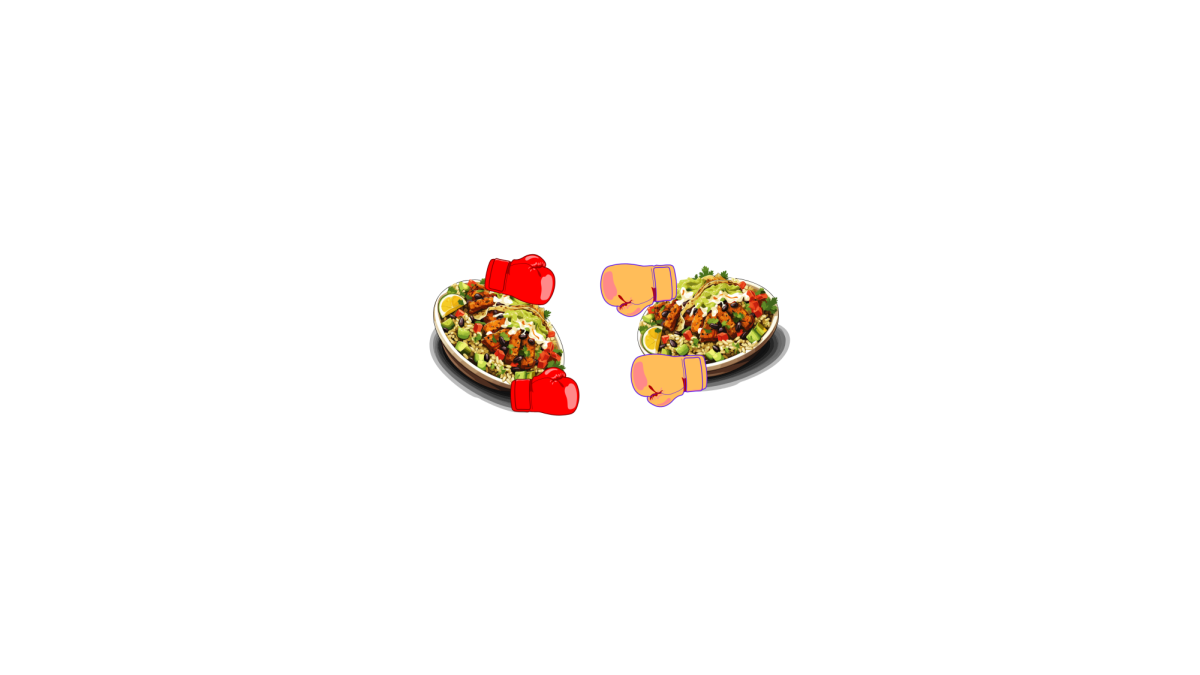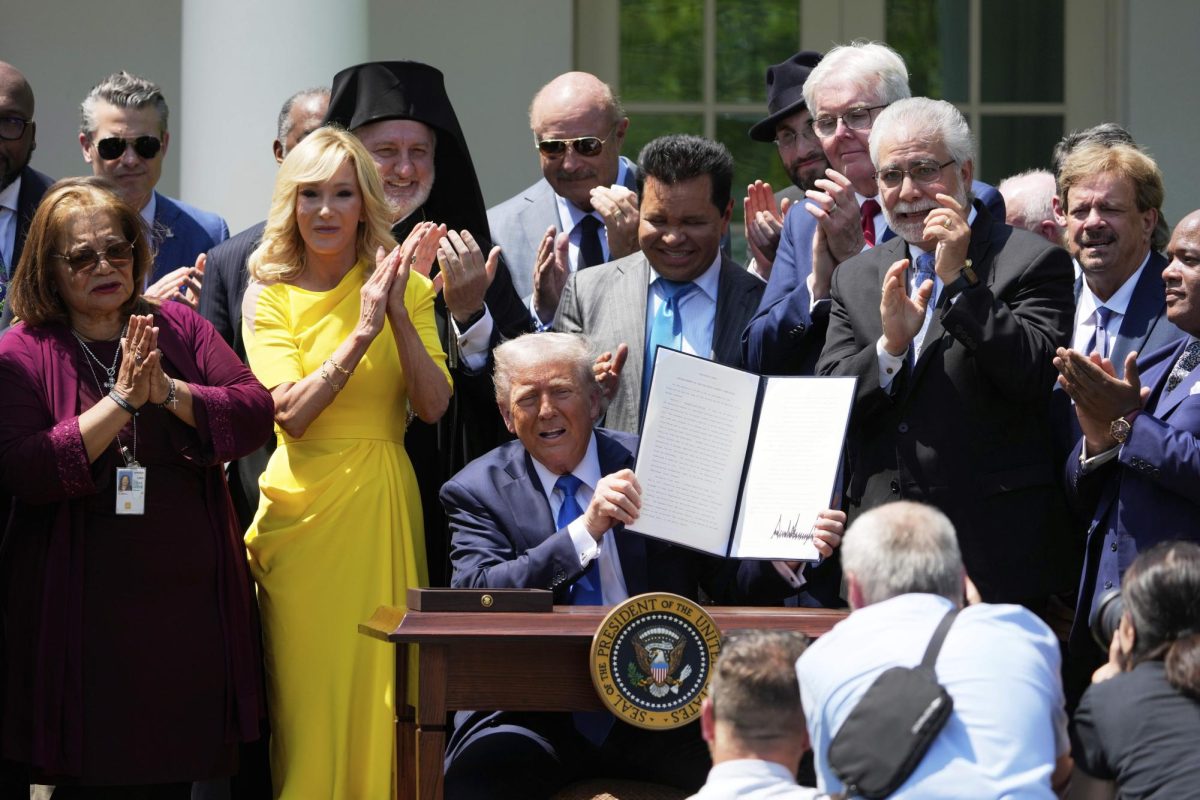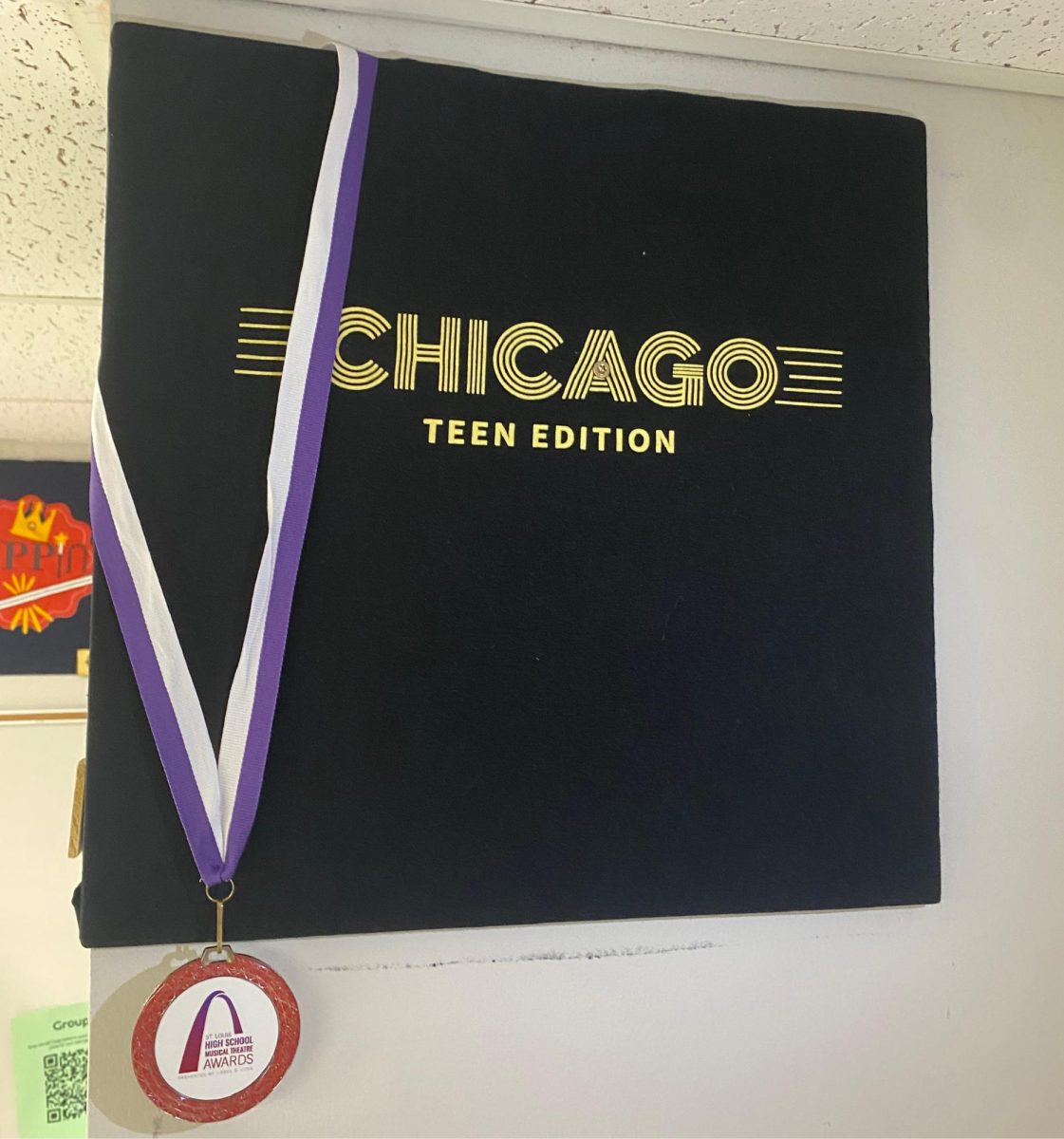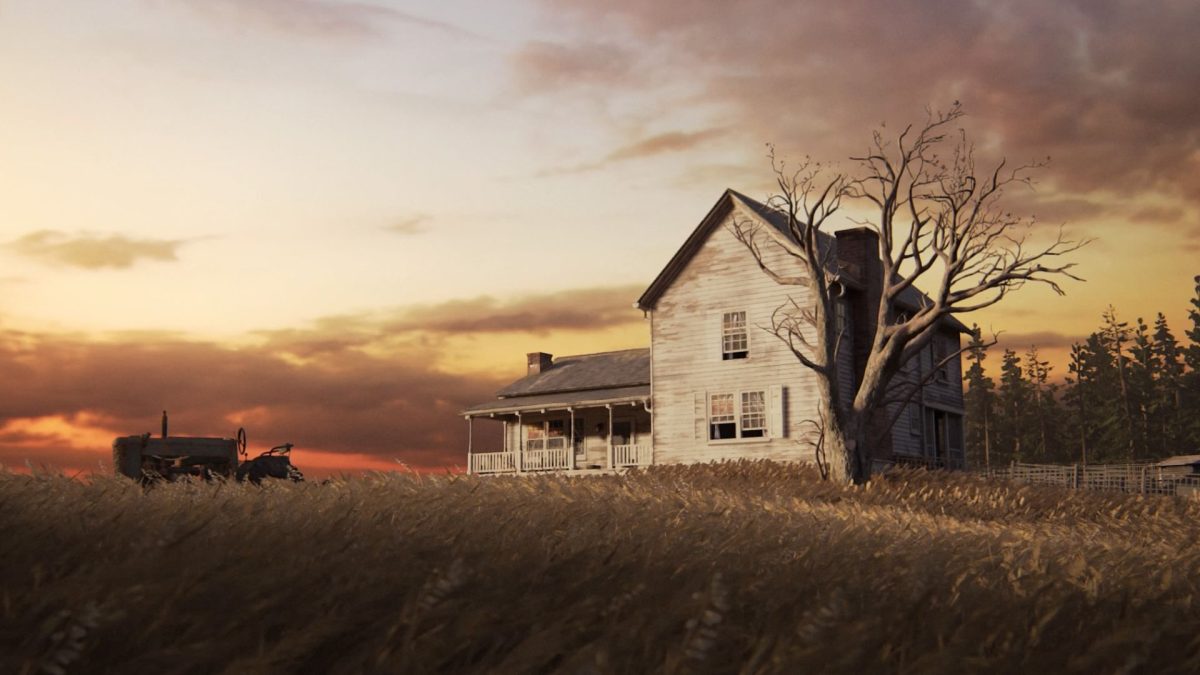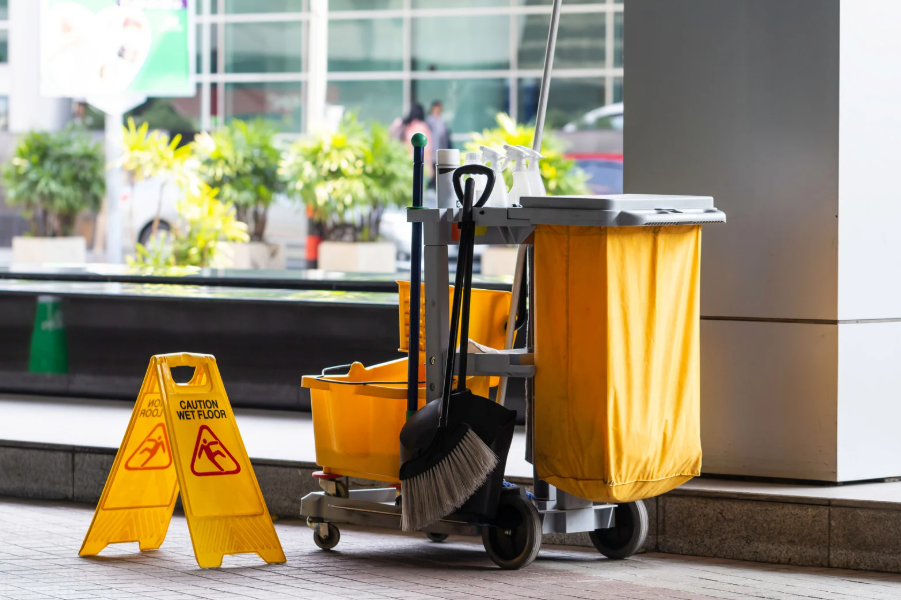’13 Reasons Why’ Doesn’t Provide Right Reasons
May 11, 2017
Since the Netflix original series“13 Reasons Why” was released to the world on March 31, 2017, hundreds of thousands of people have viewed the series (but we may never know the exact number because Netflix is not forthcoming with its viewing data).
One of those thousands of people is me.
But unlike nearly everyone I have spoken to about the series, I did not find the show beneficial or enlightening. Instead, I felt the show misrepresented the average teenager’s high school experience.
At Liberty High School, the fictitious secondary school where “13 Reasons Why” takes place, bullying runs rampant and the jocks run the school. Bathroom stalls are covered with cuss words and sophomores have fake I.D.s to buy alcohol.
As a senior at EHS who is just two days from finishing high school, I can confidently say I have never seen an athlete pushing a kid into a locker because he is a “nerd.” I do not believe athletes receive special treatment from teachers or staff members. The only unauthorized communication I’ve seen in a bathroom stall is an etching of the Star Wars quote, “May the force be with you.” And every sophomore I have talked to is just trying to pass driver’s education so they can get their driver’s license, not a fake I.D.
I know the main takeaway from “13 Reasons Why” was not supposed to be the high school setting—viewers were meant to walk away reflecting on the effects of teenage suicide and how they can prevent the teens they know from taking their own lives. But every time I thought about Hannah Baker, the girl who committed suicide in the series, I thought about how unrealistic her high school experience was.
Maybe my high school years at EHS have been jaded or sheltered, but nothing I have heard from students at surrounding schools even remotely sounds like the rampant bullying and complete lack of regard from teachers and staff members that occurs in “13 Reasons Why.” I wanted so badly to experience some emotional breakthrough after watching the show, but the entire show and its meaning was cheapened by how inaccurately high school life was portrayed.
“13 Reasons Why” covers important topics, which teenagers should be discussing. Suicide, rape and bullying are crucial issues that should be talked about, not brushed aside simply because they are difficult or upsetting to talk about. The producers and writers of “13 Reasons Why” had every piece in their possession to create a great and powerful show—an attractive cast, great cinematography and a storyline with a meaning.
But the show fell short. Instead of focusing on the mental illnesses Hannah most likely had, the show placed most of the blame for Hannah’s suicide on the school, and an inaccurately portrayed school at that. According to healthykids.org, studies show that 90 percent of teen suicides had some type of mental illness—from depression or anxiety to drug or behavioral problems.
If “13 Reasons Why” gave more airtime to mental illness, the show would be more realistic and the message of suicide awareness would be more impactful. Of course, school climate plays a role in the mental health of any student, but mental illnesses play an even bigger role—and they didn’t get casted in “13 Reasons Why.”


